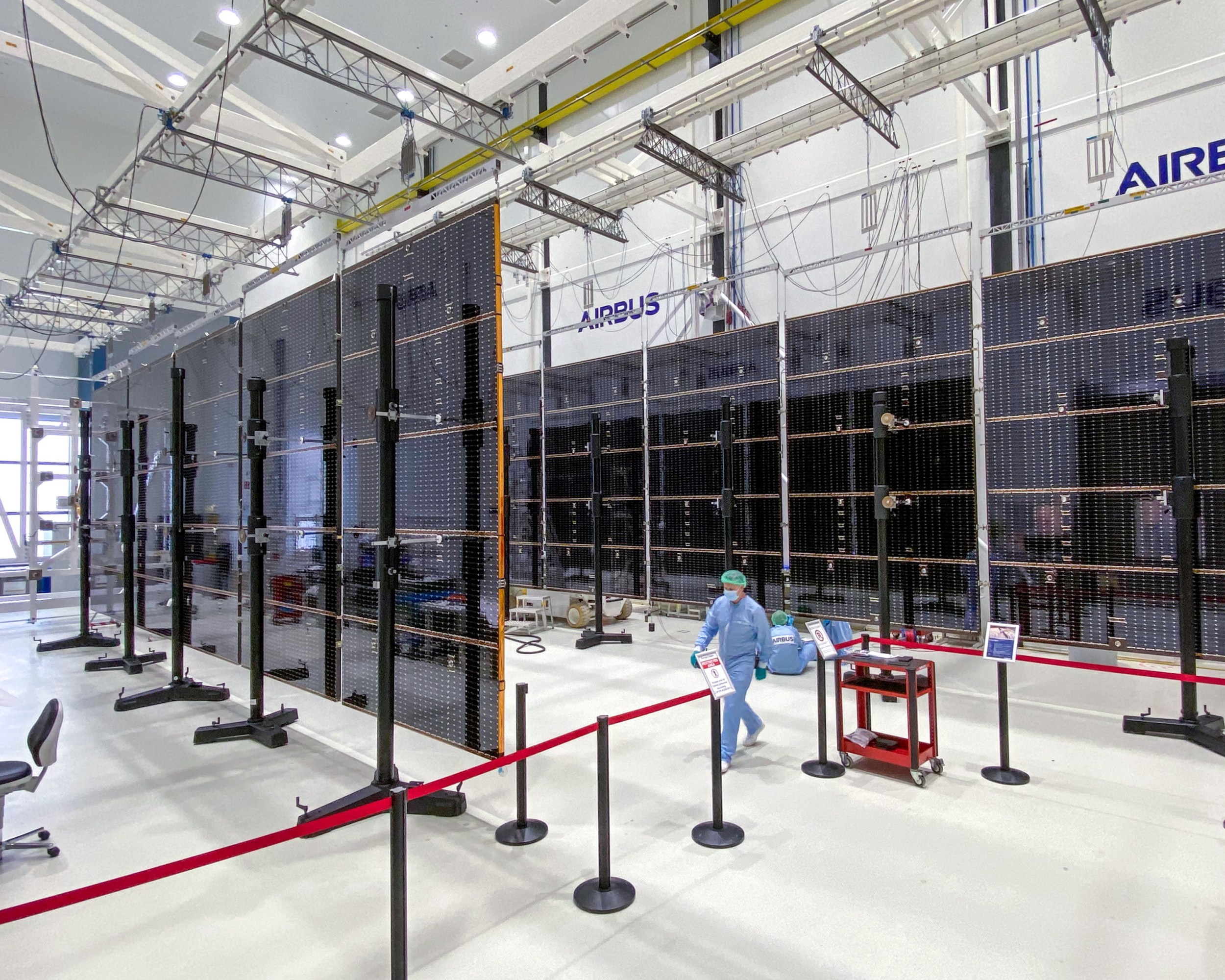“Europa is my favorite body in the solar system,” Quick confesses. But she notes that other ocean worlds also offer promising places to look for signs of life. Those include Enceladus, a small moon of Saturn that, like Europa, has an icy crust with an ocean beneath. Images from the Cassini mission in 2005 revealed that geysers on the south pole of Enceladus spew water and organic molecules into space, feeding Saturn’s outermost ring.
However, Europa is bigger than Enceladus and is more likely to have a surface covered in icy plates that move in a way similar to Earth’s plate tectonics. This sort of activity would help combine the ingredients for life. Ganymede, another Jovian moon and the solar system’s largest, also likely has a liquid ocean, but sandwiched between two ice layers; without an interface between water and minerals, life is less probable. Other possible places to look include Titan, Saturn’s biggest moon, which also probably hides a liquid-water ocean beneath an ice crust. (Quick is an investigator on Dragonfly, a mission to explore Titan, scheduled to launch in 2028.)

To look for the signs and signals of habitability, Clipper will use nine primary instruments. These will take pictures of the surface, look for water plumes, use ground-penetrating radar to measure the icy shell and search for the ocean below, and take precise measurements of the magnetic field.
The spacecraft will pass close enough to the moon to sample its thin atmosphere, and it will use mass spectrometry to identify molecules in the gases it finds there. Another instrument will enable scientists to analyze dust from the surface that has been kicked into the atmosphere by meteorite collisions. With any luck, they’ll be able to tell if that dust originated from below—from the enclosed ocean or subsurface lakes trapped in the ice—or from above, as fragments that migrated from the violent volcanoes on the nearby moon Io. Either scenario would be interesting to planetary geologists, but if the molecules were organic and came from below, they would help build the case that life could exist there.
ESA’s Juice mission has a similar suite of instruments, and scientists from the two teams meet regularly to plan for ways to jointly exploit the data when it starts coming in—five or six years from now. “This is really very good for scientists in the planetary community,” says Lorenzo Bruzzone, a telecommunications engineer at the University of Trento who leads the Juice mission’s radar tool team. He’s long been involved in efforts to get to Europa and the rest of the Jovian system.
Because Juice will visit the other ocean-bearing Galilean moons, Bruzzone says, data from that mission can be combined with Clipper’s to generate a more comprehensive picture of the geological processes and potential habitability of all the ocean worlds. “We can analyze the differences in subsurface geology to better understand the evolution of the Jupiter system,” he says. Those differences may help explain, for example, why three of the Galilean moons formed as icy worlds while the fourth, Io, became a volcanic hellscape.
Jupiter’s radiation has the potential to interfere with every measurement, turning a meaningful signal into a mess of digital snow, like static on a television screen.
To make sure those instruments work when they get there, engineers and designers for both missions have had to contend with a raft of challenges. Many of them revolve around energy: Europa receives only a fifth as much sunlight as Earth. Clipper addresses the problem with gargantuan solar panels, which will span 30 meters when fully extended. (An earlier proposal for a mission to Europa included nuclear batteries, but that idea was expensive, and it was ultimately scrapped.)
